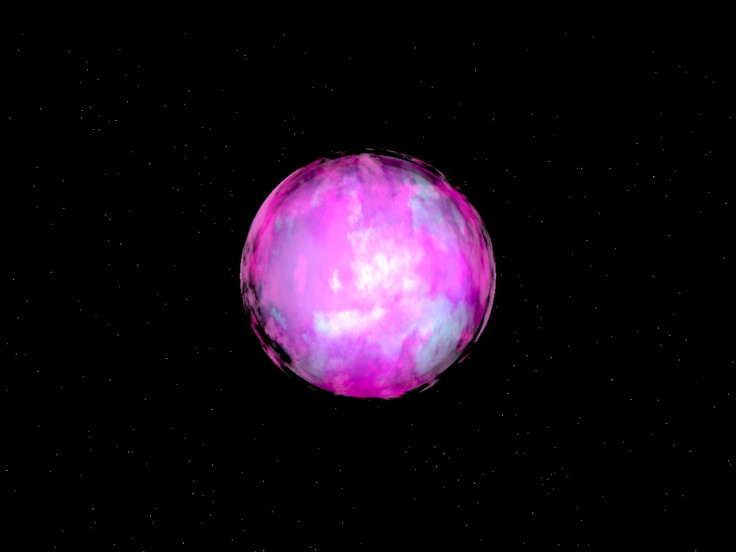Astronomers Discover ‘Heavy Metal’ Stars That Rock Out With Atmospheres Loaded With Lead
Astronomers have discovered two rather strange stars 800 and 1,000 light-years from Earth. The two stars atmospheres loaded with lead, 10,000 times the amount found on the surface of the sun.

The two heavy-metal stars are classified as helium-rich subdwarfs, reports the Royal Astronomical Society. These small stars have incredibly hot surface temperatures and unusual chemical compositions. According to the astronomers, these stars have higher concentrations of helium, and lower concentrations of hydrogen, than normally present in other stars.
The lead atmospheres of HIM 2359-2844 and HIM 1256-2738 were observed by Naslim Neelamkodan, Simon Jeffery, Natalie Behara and Alan Hibbert, from the Armagh Observatory in Northern Ireland. HIM 2359-2844 is located in the constellation Sculptor, approximately 800 light-years from Earth, while HIM 1256-2738 is located in the constellation Hydra, 1,000 light-years from Earth. The stars have surface temperatures of 38,000 degrees Celsius, 68,432 degrees Fahrenheit.
Using the European Southern Observatory’s Very Large Telescope in Chile, the team of astronomers was able to measure the amount of atmospheric lead found in HIM 2359-2844 and HIM 1256-2738 and their research will be published in the journal Monthly Notices of the Royal Astronomical Society. The researchers assumed the two stars would have a similar atmospheric composition found in other helium-rich subdwarfs but light spectra data collected by the researchers proved otherwise. The observations indicated massive amounts of lead in the atmosphere of each of the stars.
According to the astronomers, the extremely hot surface temperatures of the sun created ions of lead, removing three electrons from its outer shell, which produced the unique spectra results. In addition to the high concentration of lead in their atmospheres, the astronomers discovered HIM 1256-2738 contained concentrations of yttrium and zirconium that were ten thousand times higher than found on the sun. The lead layer could weigh 100 billion tons and 100 kilometers, 328,084 feet, thick.
A previously observed helium-rich subdwarf, LS IV-14 116, had an extremely high concentration of zirconium, similar to HIM 1256-2738. The astronomers classified these three stars into a new group of “heavy-metal stars.”
The astronomers believe these heavy-metal stars may provide new insight on the transition of a red giant into a blue subdwarf star. Red Giants are large stars, 30 to 40 times larger than the sun, but are not as hot or bright as blue subdwarf stars, with temperatures seven times hotter than the sun and a brightness that is 70 times that of the sun. According to the astronomers, red giants may shrink, losing helium layers and during this process atmospheric layers may form and increasing the concentration of heavy metals and other elements. More research is needed to determine if that is the case and the astronomers plan on observing the group of heavy-metal stars for answers.
© Copyright IBTimes 2024. All rights reserved.






















